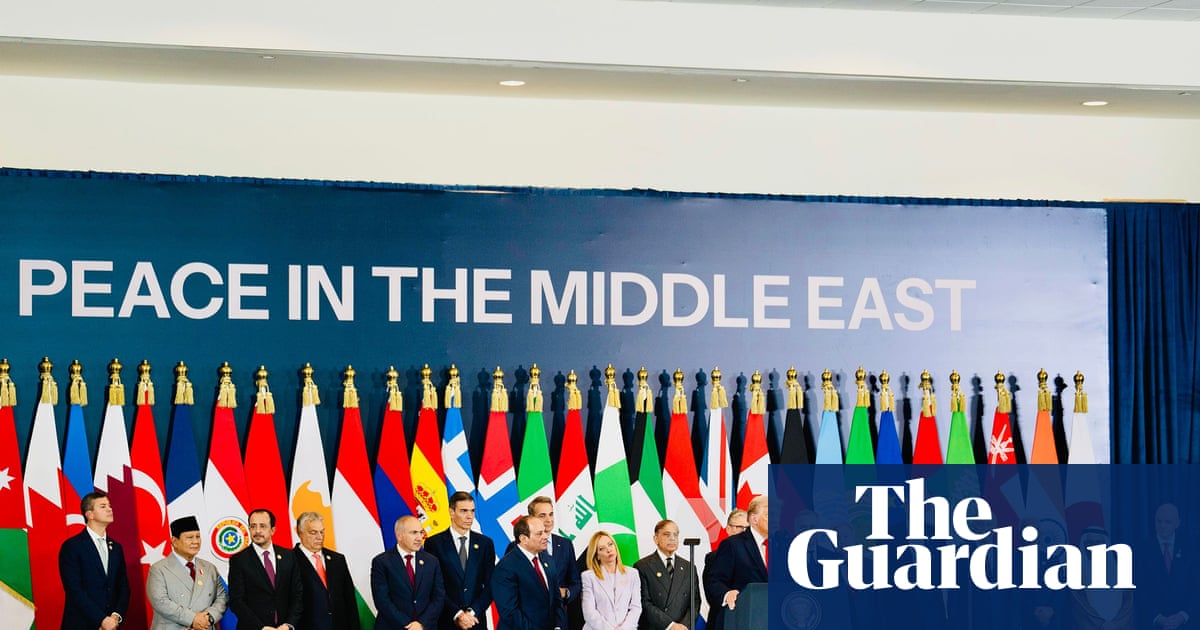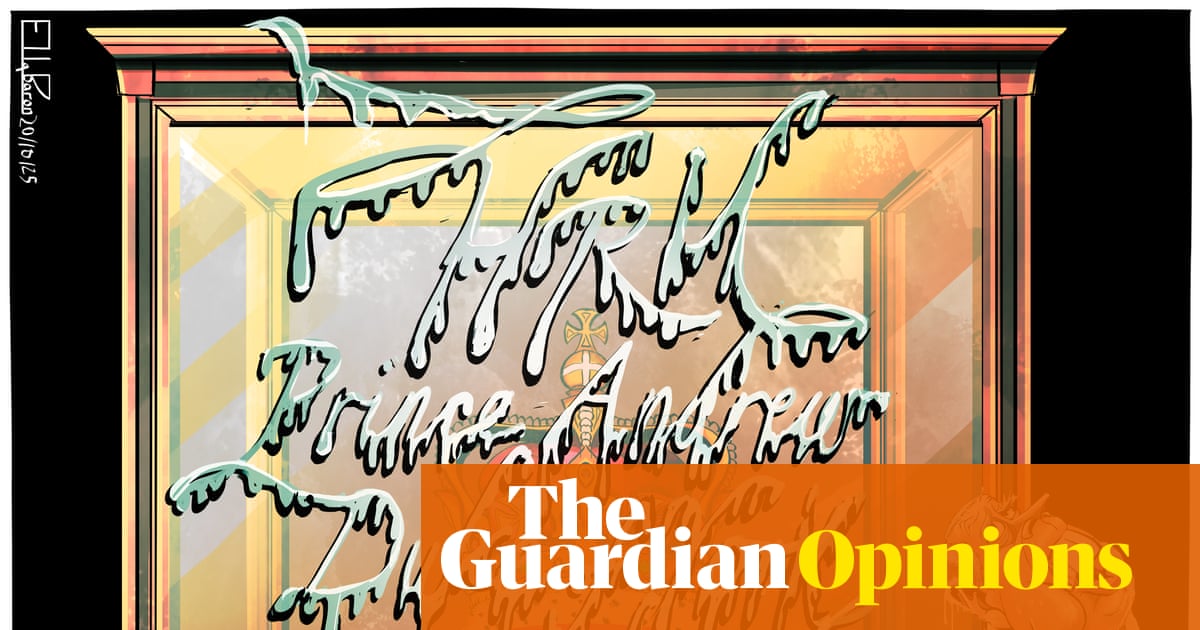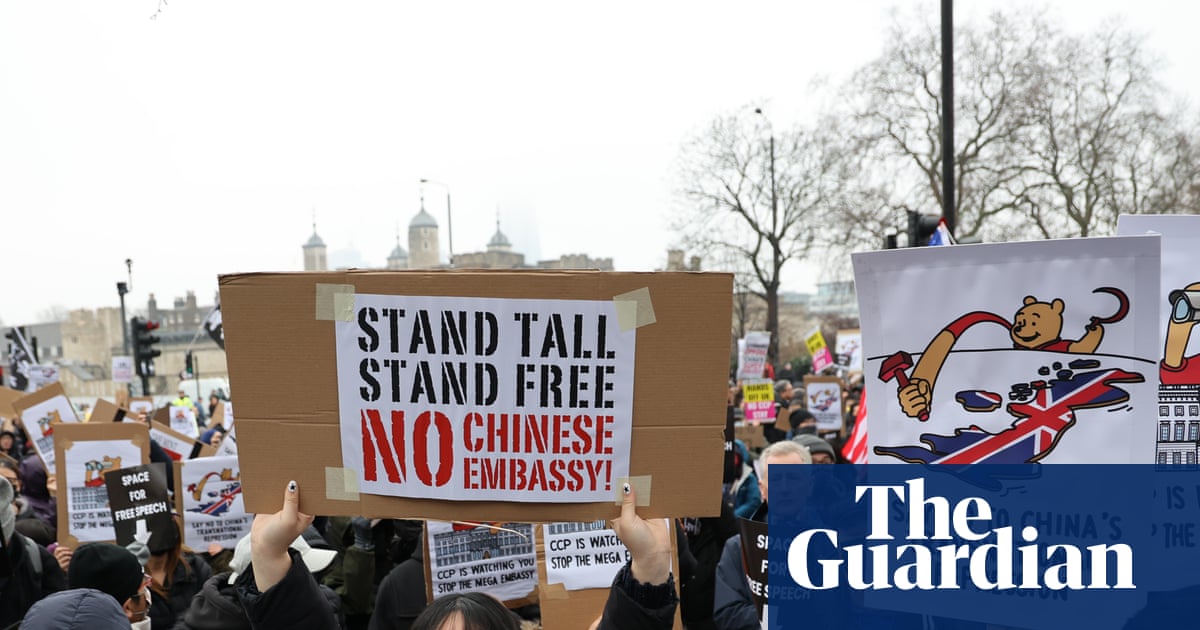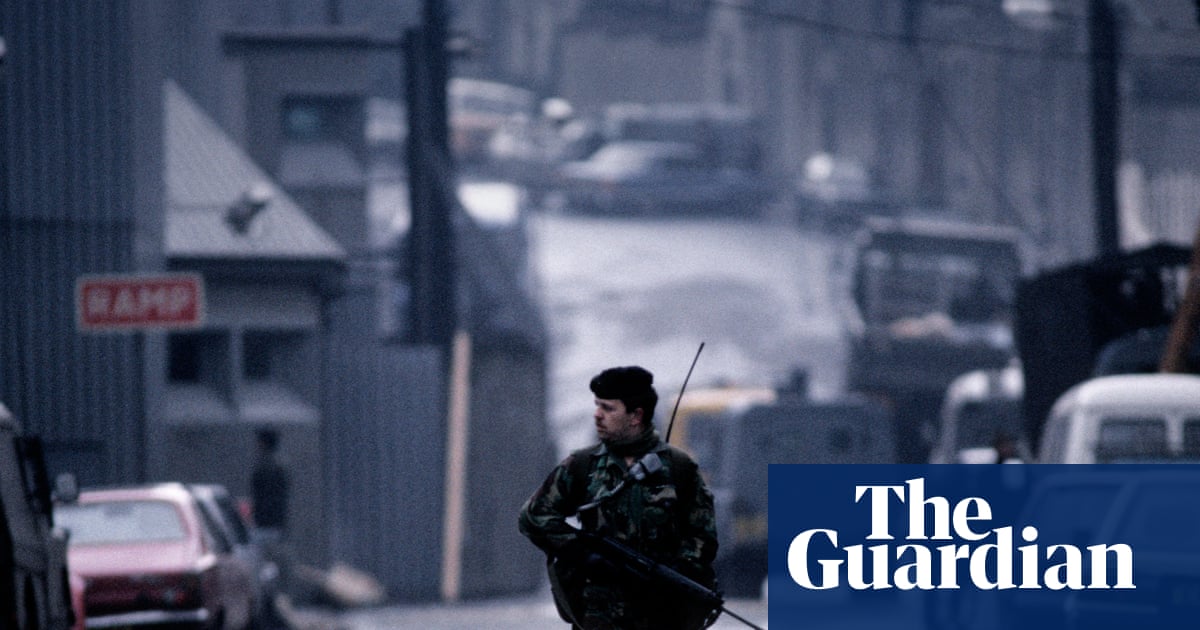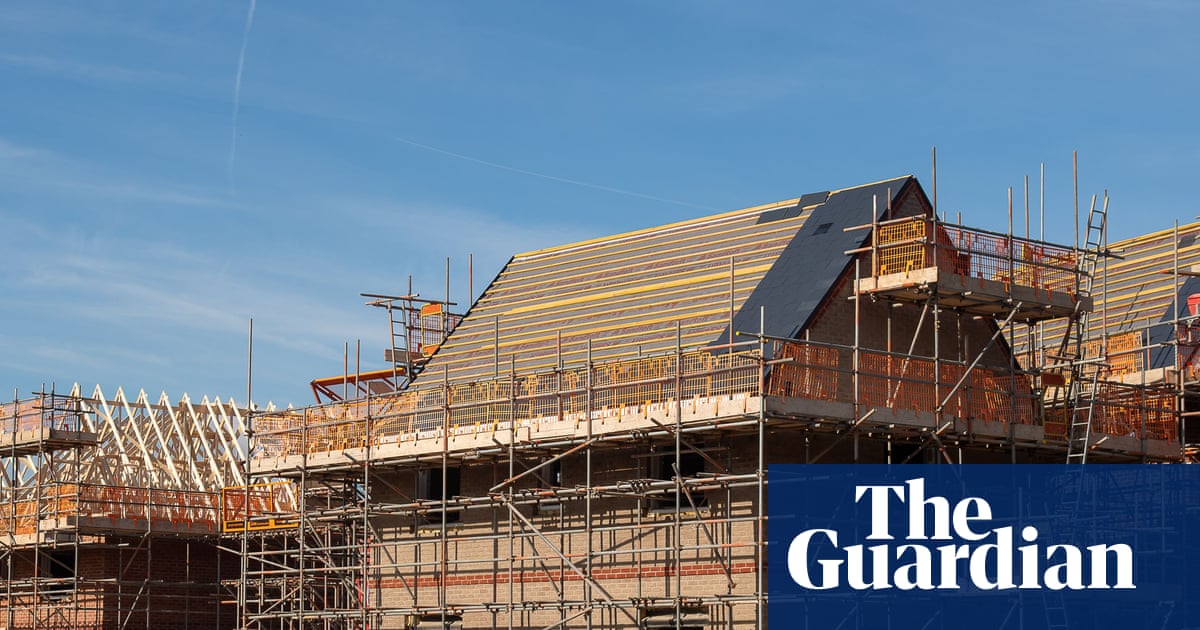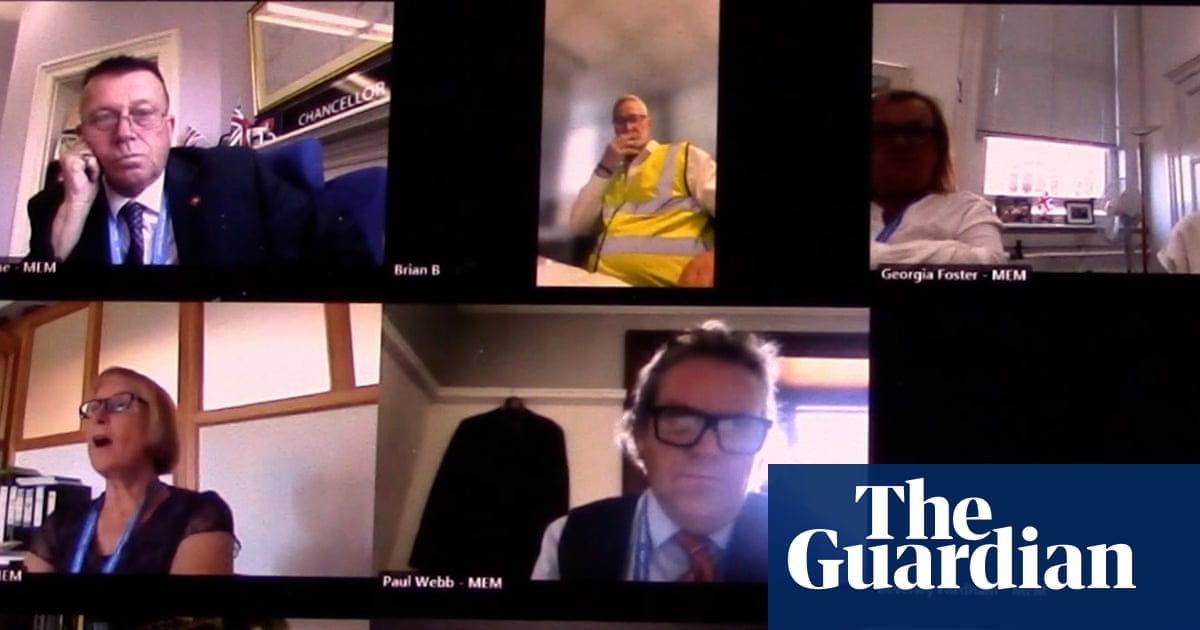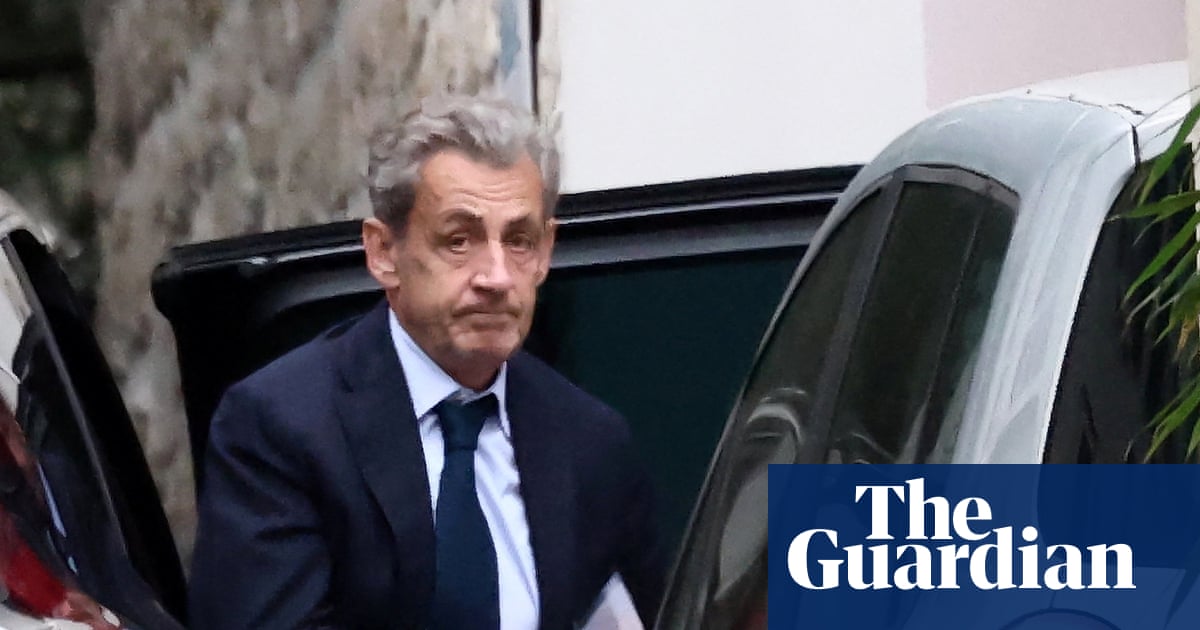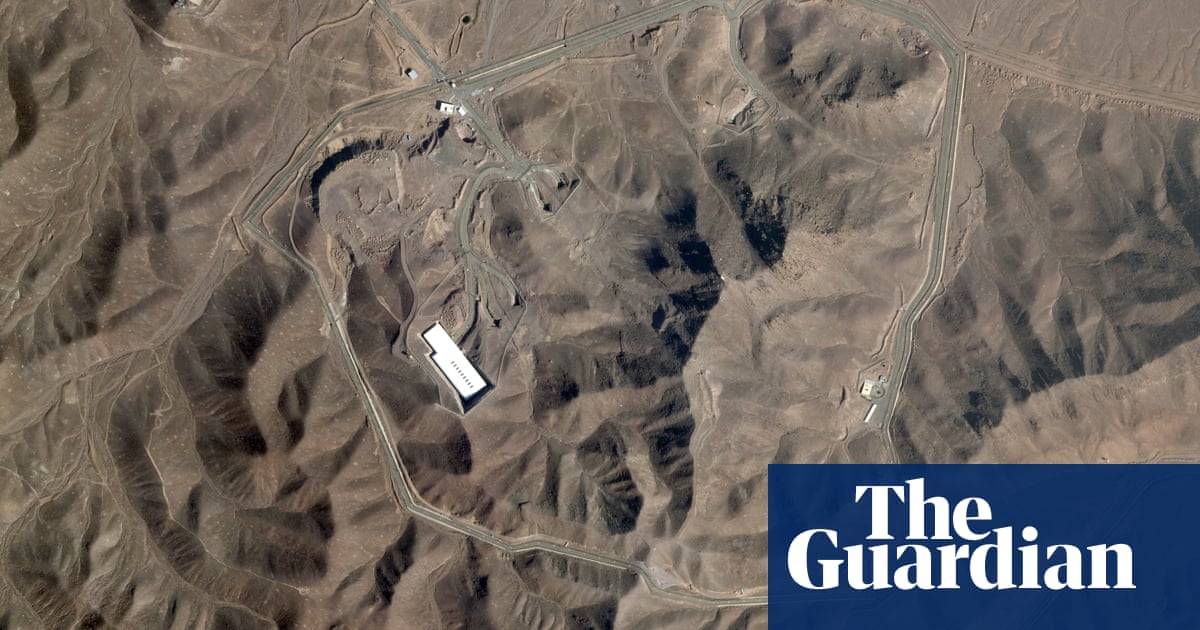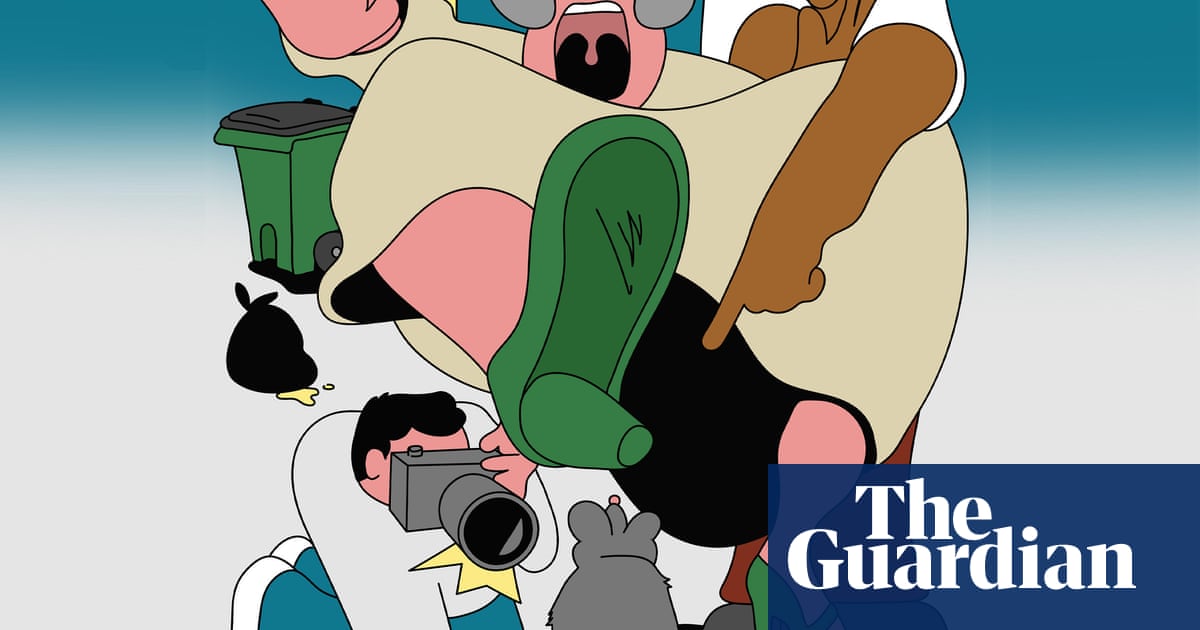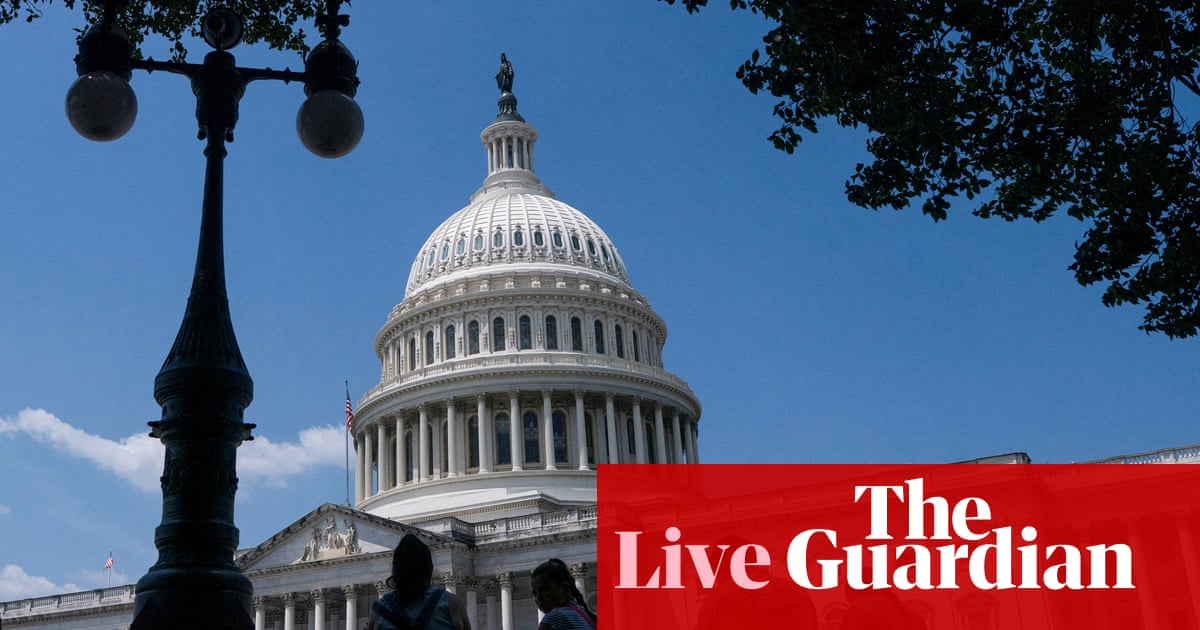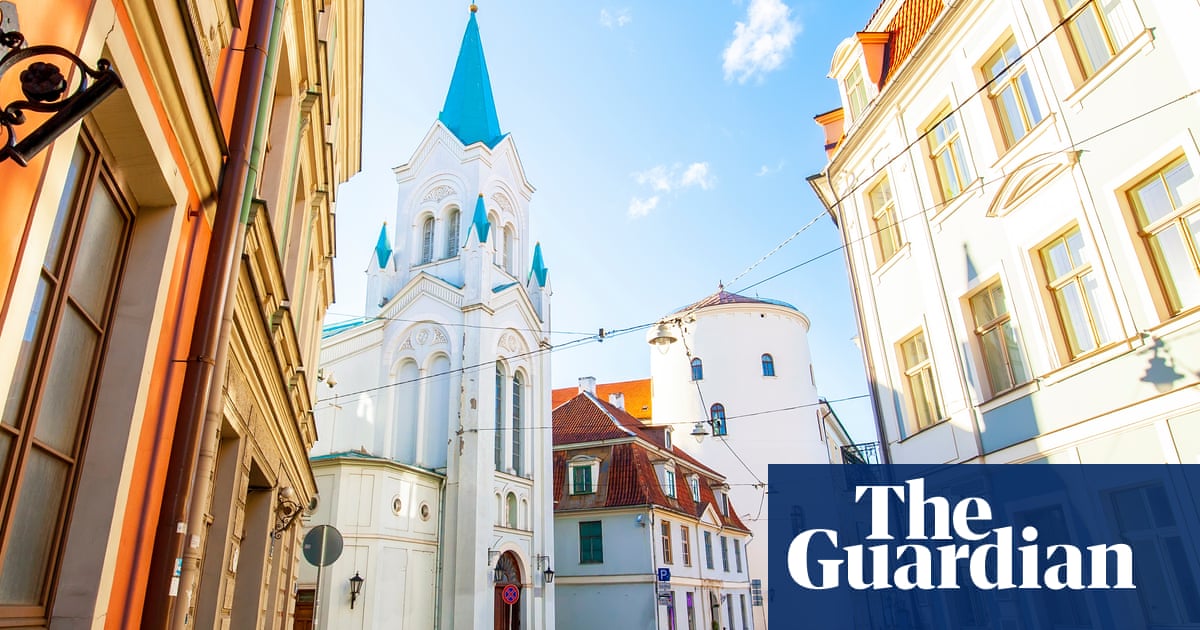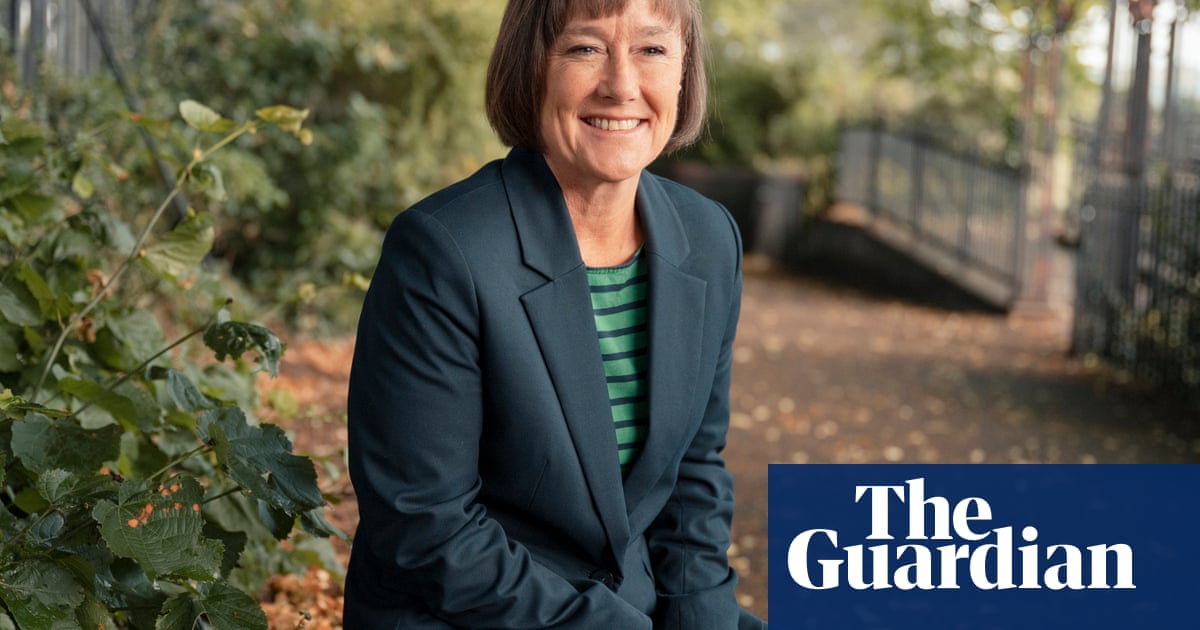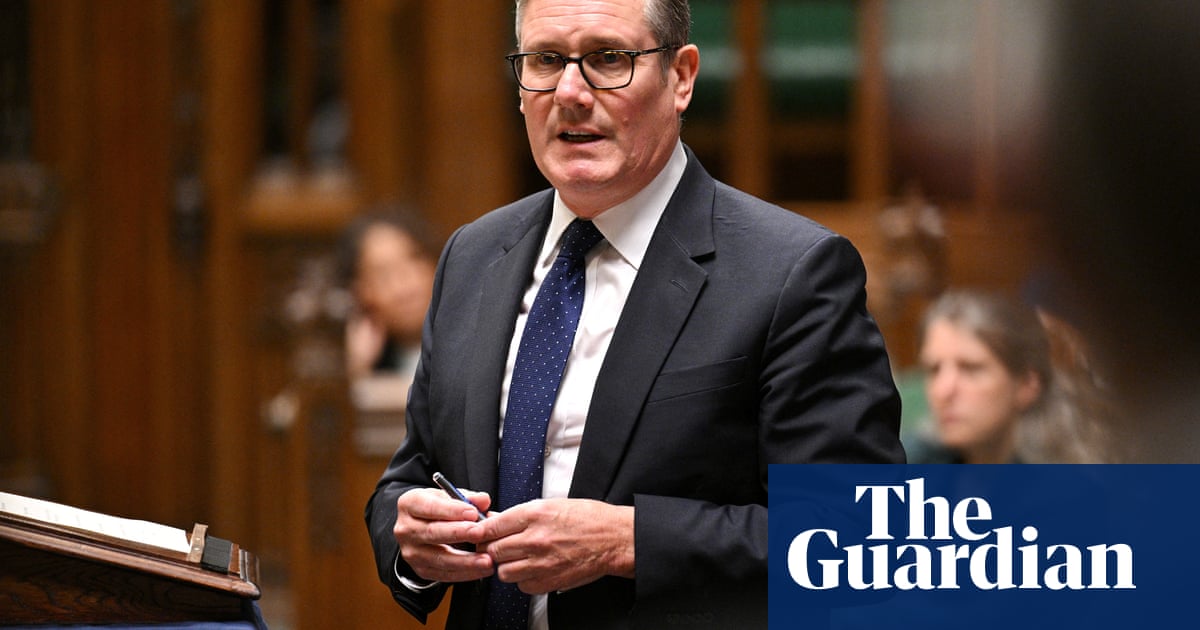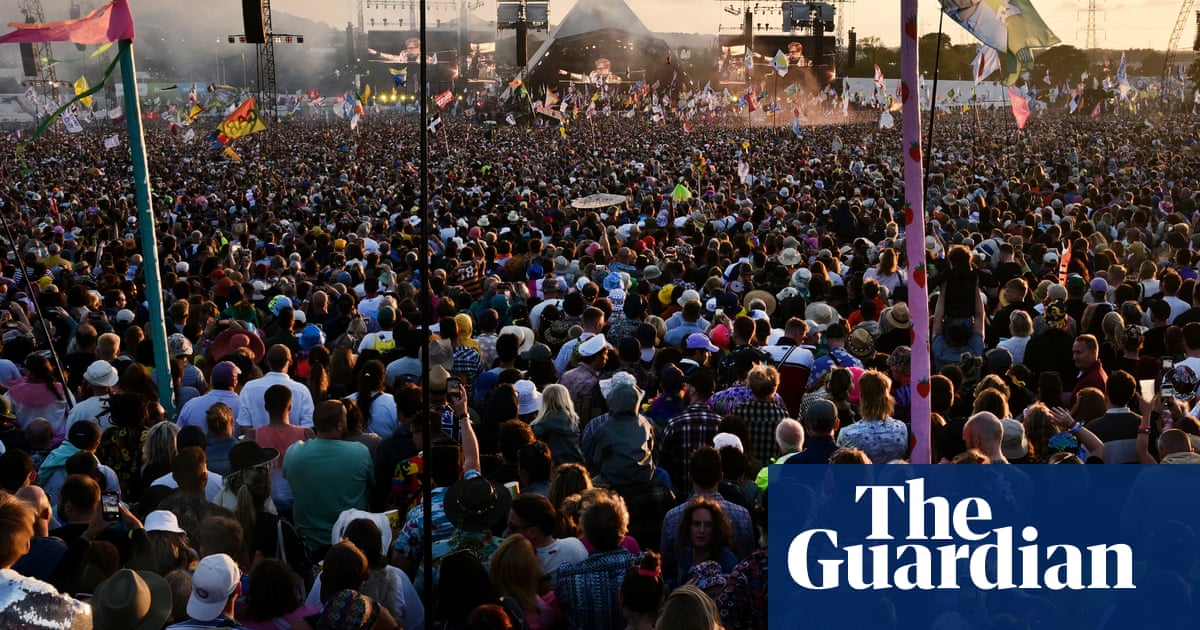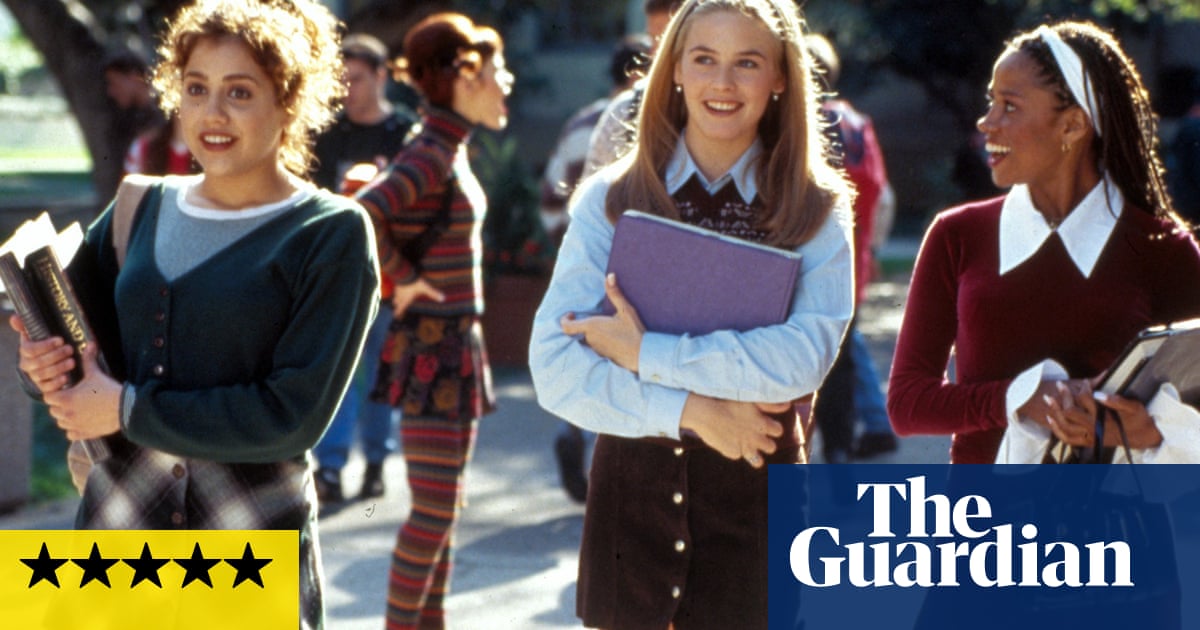As one of the most influential architects of the Northern Ireland peace process, Martin Mansergh was an unexpected figure. Resembling a rumpled academic and speaking with an English accent, he coordinated the Irish government’s engagement with the IRA for several decades.
Mansergh, who has died aged 78 of a heart attack during a trip to Western Sahara with other retired Irish parliamentarians, was educated at a British boarding school and Oxford University yet helped shape the Irish republican dimensions of the agreement.
In 1988, he was political adviser to the then taoiseach, Charles Haughey, who tasked him with opening up a secret channel of communication. The Irish government needed to talk to Sinn Féin, the political wing of the IRA, via the Belfast priest Father Alec Reid, who passed on messages from Gerry Adams.
Known to his clandestine republican contacts simply as “the Man”, Mansergh later admitted he exceeded his narrow brief to help develop a roadmap to peace. “I was given the instruction just to listen, but I’m afraid I did a great deal more than that,” he recalled 20 years later.
He argued that paramilitary violence needed to end in order to build up a nationalist consensus that could deliver an acceptable constitutional agreement north and south of the border. He had picked up indications that the IRA might be willing to call off its armed campaign without achieving its long held demand for immediate Irish reunification.
In the wake of the 1987 Enniskillen Remembrance Day bombing that killed 11 people, talking to terrorists was politically taboo. If his contacts had been exposed Mansergh anticipated being disowned by his own government.
The exchanges did not produce a breakthrough initially, but when Albert Reynolds took over as taoiseach in 1992, he was determined to keep on this “Protestant republican” as his Northern Ireland adviser. Mansergh often travelled north by train, unperturbed by warnings that loyalist gunmen had been asking about his involvement.
Continued secret conversations eventually fed into the joint Downing Street Declaration of 1993, which encouraged the IRA to declare a ceasefire the following year. When it came to the Good Friday agreement in 1998, Mansergh was at the heart of negotiations – helping to draft and refine the final, agreed text.
By training a historian, Mansergh exuded a boyish enthusiasm, often breaking into laughter. He delivered inspirational speeches, invariably highlighting political parallels from the past.
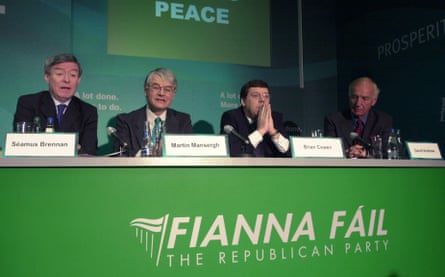
One surprised unionist politician said Mansergh advanced a diehard republican agenda with a posh English accent. The former taoiseach Bertie Ahern described him as “an extraordinary person with a towering intellect with the ability to see so many angles of a problem or equally an opportunity”.
Martin was born in Woking, Surrey, deep in London’s stockbroker belt. His mother, Diana (nee Keeton), was English and a keen tennis player. His father, Prof Nicholas Mansergh, was a historian, an expert on the Commonwealth and, for 10 years, master of St John’s College, Cambridge. Nicholas’s family were part of the Protestant Anglo-Irish ascendancy who arrived with Oliver Cromwell and were granted confiscated Catholic land in County Tipperary.
Brought up in Cambridgeshire, Martin boarded at the King’s school, Canterbury. He studied politics, philosophy and economics at Christ Church, Oxford, remaining to obtain a PhD in pre-revolutionary French history. At university he met his future wife, Elizabeth Young, the daughter of a Glasgow doctor, during a German Society reading of a Bertolt Brecht play. They married in 1969.
Mansergh, who had spent childhood summer holidays in the family home in Tipperary, chose to start his career in the Irish civil service. He preferred Irish politics for being more pragmatic and less ideological. Coming first in the entrance exam, he joined the department of foreign affairs in 1974 and was posted to Bonn before returning to Dublin.
He was soon noticed by Haughey, the Fianna Fáil leader and taoiseach, who asked him to work in his office. When the party went into opposition in 1981, Mansergh gave up a promising diplomatic career to stay with Fianna Fáil as director of research policy and special adviser on Northern Ireland – serving eventually under three leaders: Haughey, Reynolds and Ahern.
Having operated behind the scenes for so long, he decided to run for election in 2002 and sat in the Seanad, the upper house of the Irish parliament, for five years. He also published The Legacy of History for Making Peace in Ireland (2003), a selection of his essays, lectures and speeches exploring past conflicts and figures in Anglo-Irish relations.
In 2007, he won a seat in the Dáil representing Tipperary South. The following year, he was appointed a junior minister with responsibility for, variously, the Office of Public Works, finance and the arts. He lost his seat at the 2011 election.
Mansergh faced criticism for overzealous loyalty to the Fianna Fáil leadership, having produced a flattering edition of Haughey’s speeches in 1986 and dismissed the row over Ahern’s personal finances – which led to his resignation in 2008 – as no more than “inflight turbulence”. He denied being condescending to opponents during debates.
After leaving the Dáil, he was appointed by the Fine Gael taoiseach Enda Kenny to the advisory committee on the Decade of Centenaries, which coordinated official anniversaries for events ranging from the abortive third home bill of 1913, through the 1916 Easter Rising to the admission of Ireland into the League of Nations in 1923. Mansergh was elected a member of the Royal Irish Academy in 2018.
He is survived by Elizabeth, their children, Fiona, Lucy, Danny, Alice and Harriet, and 12 grandchildren.

.png) 4 hours ago
5
4 hours ago
5






